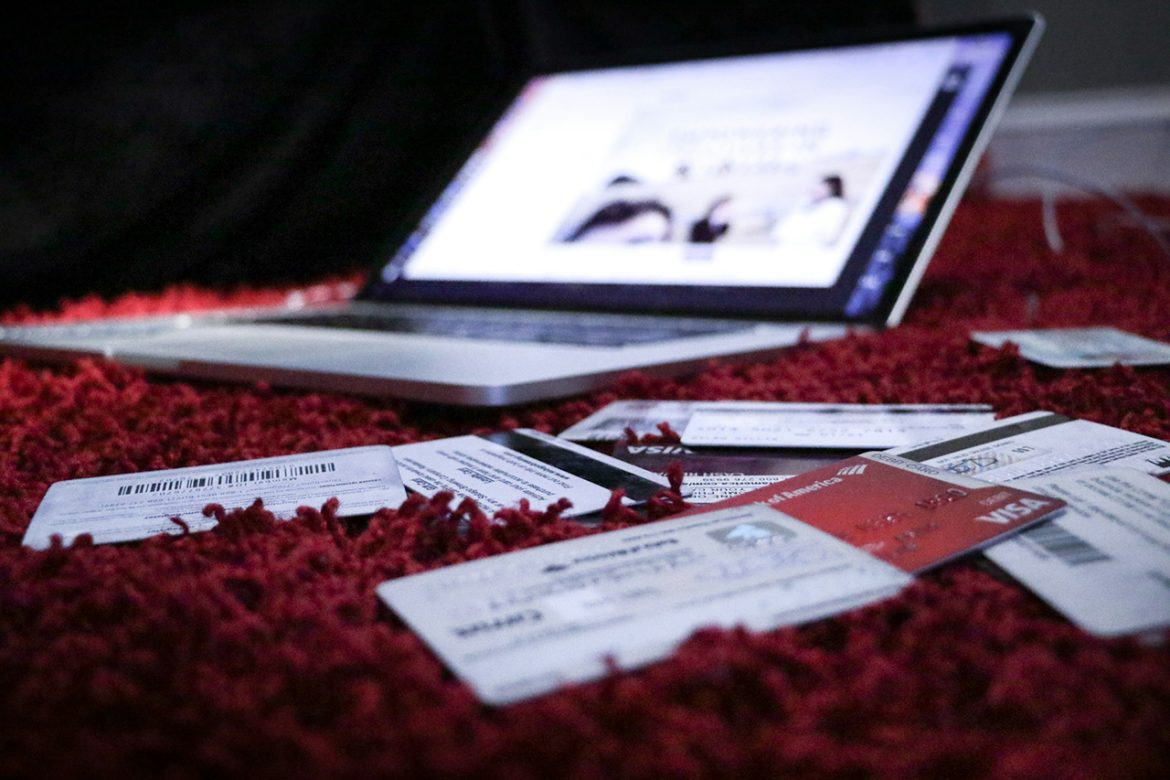Fraud established a new high-water mark in 2023, reaching the $10 billion mark for the first time in the FTC’s year-end statistics. It’s difficult to quantify how much of that fraudulent activity ultimately ends up being classed by lenders as bad debt: FICO cites an estimate of 10 to 15 percent on its blog, while analytics software vendor SAS offers a broader range of up to 20 percent of all debt.
While the actual percentage is uncertain, the number is unquestionably large, and having so much fraudulent activity wrongly classed as bad debt presents a significant challenge in collections. If indeed 10 to 20 percent of bad debt recovery efforts are directed toward uncollectable fraud, that constitutes a significant cost for the collections industry. Identifying fraud that was incorrectly recorded as bad debt can minimize this misspent effort.
Third-Party Fraud and Bad Debt Recovery
For the purposes of this article, the discussion will be limited to alleged bad debt incurred through third-party fraud. First-party fraud and synthetic identity fraud are also large and growing problems, but for the sake of clarity, we’ve left them out of this post.
Third-party fraud is largely associated with identity theft, though account takeovers and other forms of criminal activity, such as the use of a stolen credit card or checkbook, can also fall into this category. Identity theft in itself is a massive problem, accounting for just under 20 percent of all fraud complaints reported to the FTC in 2023. Yet, precisely because it is so widespread and well-recognized as a problem, not all reported fraud is legitimate. In a recent survey conducted by the Federal Reserve, 26 percent of respondents (risk officers at their respective financial institutions) reported experiencing falsified fraud claims as a “persistent” issue, and an additional 2 percent identified it as a “growing” problem.
Differentiating between bad debt and fraudulent activity, then, includes two separate but related judgments: first, whether the debt is legitimate or fraudulent; and second, whether the fraud has been perpetrated by the account holder or a third party. Successfully making those distinctions and eliminating uncollectable third-party fraud from the equation enable companies to operate more efficiently by redirecting resources to debt that can be collected.
Tools for Third-Party Fraud Detection
Fraud detection and prevention takes place at every step in the life cycle of financial accounts. Standard measures include verification of applicant identity when accounts are opened; monitoring of accounts to detect suspicious activity; and the use of multi-factor authentication to secure against account takeovers. The toolkit of policies and software tools for these stages of the life cycle is well-known and well-established.
Yet, while such protections are important and necessary, the presence of significant levels of fraud erroneously recorded as bad debt signals the difficulty of detecting fraud purely through proactive measures. There is a clear requirement for new tools to help with the detection of fraud after the fact.
One such tool is Spokeo for Business. It harnesses the tremendous range and depth of open source intelligence sources, as well as regulated data of the type commonly used within the financial services sector. Integrating these two streams of data seamlessly into a single, intuitive search interface empowers collections professionals to identify otherwise hidden connections between individuals and accounts.

Screening for Fraud Within a Bad Debt Portfolio
No special tools are required to check whether alleged debtors have placed a fraud alert on their file at the major credit bureaus. Checking for these fraud alerts is an obvious first step in disambiguating between fraud and legitimate debt, though it is not conclusive in its own right due to the trend of falsified fraud claims.
Going beyond that first step with Spokeo for Business can take a number of different forms. For illustrative purposes, consider the following suggested workflow. It begins with searching a debtor using Spokeo and cross-checking the search results against the information already on file to ensure positive identification. Spokeo for Business’ Right Party Contact product will indicate in the search results if a social security number is invalid, thereby signaling that there may be fraudulent activities.
Once a positive identification is secure, a collections team can pursue a number of further checks utilizing regulated and unregulated data from Spokeo, in-house data (in the case of first-party creditors), and existing third-party data sources. While no single check necessarily proves or disproves third-party fraud, cumulatively they will often point to the correct conclusion.
Check the Debtor’s Location vs. the Debt in Question
View the debtor’s current and past few years’ locations, as shown in Spokeo’s search results, and cross-check them against their historic account usage and purchasing patterns. This is a step that’s largely limited to first-party creditors, whose n-house collection teams have access to that level of data. Third-party collections firms must work with the more limited information available through credit reports. Bad debts reported by individual merchants from outside the debtor’s known geographic area can be considered a comparable, if less certain, indicator of fraud.
Check for Other Debts Incurred at the Same Time
The specific debt that your team is attempting to collect may be part of a larger pattern. Pulling a consumer report from the credit bureau will show if a cluster of new accounts were opened, as well as detailing preliminary credit checks. If multiple new accounts were opened, exploited, and abandoned within a narrow timeframe, this may indicate fraudulent activity.
Scrutinize the Debtor’s Phone Numbers
Review the phone numbers associated with the debtor in the Spokeo report, and check how long each number has been in use. Phone numbers, emails, and or social media accounts that seem out of place can suggest an identity that may be a victim of fraud (more on that below). This information can be observed from regulated results with Spokeo for Business as part of the skip tracing process.
Further Investigate any Questionable Numbers
Give any questionable numbers a more thorough search. Spokeo’s search result will specify the type of phone line (landline, VOIP, cellular) and its carrier. First-party creditors could use that information to cross-check the cited carrier against the debtor’s payment history, to see whether it is the same carrier that shows up in their payment records. Regulated data sources might enable third-party collectors to perform a similar cross-check, or pass an information request back to the first-party creditor.
A new line on a different carrier, while the old lines remain active, may signal identity theft if it coincides with the charges in question. A change of carrier for an existing line can indicate a so-called “porting-out” scam and can be a signal of account takeover fraud.
Review the Debtor’s Social Media Presence
View the social media accounts shown for the debtor in the Spokeo search report. Some will clearly be organic and genuine, with a history of posting and numerous connections with friends and family. Others may have few or no connections that overlap with the debtor’s primary social media accounts but may show connections with other social media accounts that do not appear on the debtor’s longtime platforms.
These may be sock puppet accounts, especially if they are newly established and their friends and followers consist primarily of similarly new accounts with modest numbers of posts and little personal information. If such an account is connected to an already-suspect phone number, that can be a strong indicator of illicit activity.

Follow Up With Any Suspect Social Media Accounts
Having identified a potentially suspect account in the debtor’s name, any potential sock puppet accounts linked to the suspect account now take on a new interest. Choose a number of those accounts, and search their names using Spokeo for Business. The resulting reports will link those accounts to the phone number or email used to open the account.
There are several potential avenues to explore, at this point. These include:
- Checking the name of the owner of the social media account and its associated email or phone number, to determine whether this person also has bad debt – or a fraud report – dating from the same timeframe.
- Clicking through the phone number or email associated with a potential sock puppet account, to determine whether the number or address is linked to multiple names. This can be an indicator of organized, illicit activity.
- Reviewing the names associated with these dubious accounts. Do they appear to be legitimate people, with visible family connections and a history of past homes, phone numbers, and accounts on once-popular platforms? Do they have other, legitimate-appearing social media accounts, linked to other phone numbers? If so, the questionable account may be a sock puppet account set up by the fraud perpetrator.
To reiterate, no one of these indicators constitutes absolute proof that a debt is fraudulent, but each additional indicator increases the likelihood that it is indeed so. Similarly, from the opposite perspective, their absence does not guarantee that the debt is legitimate or that the fraud, if any, was perpetrated by the debtor.
Putting the Tool to Use
This is by no means an exhaustive examination of Spokeo for Business’ potential utility in differentiating fraud from legitimate debt. Collections professionals working with their own real-world cases, and drawing on their own lived experience, can doubtlessly uncover a number of additional strategies.
To arrange a demonstration of Spokeo for Business and a more in-depth discussion of its capabilities, reach out to our team using the contact information found on the product’s Skip Tracing and Collections page.
Sources
US Federal Trade Commission: As Nationwide Fraud Losses Top $10 Billion in 2023, FTC Steps Up Efforts to Protect the Public
FICO: Is Bust-Out Fraud Hiding as Bad Debt on Your Balance Sheet?
SAS: Bad Debt and Fraud… It’s All the Same, Right?
US Federal Reserve: Key Findings from the annual Federal Reserve Financial
Services Financial Institution Risk Officer Survey (2023)
US Federal Communications Commission: Port-Out Fraud Targets Your Private Accounts
